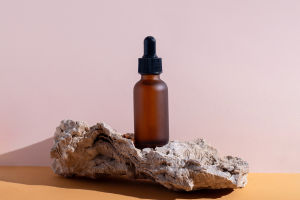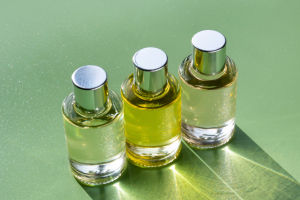Hey Lykkers! Herbal essential oils have been used for centuries to promote physical and mental well-being. These concentrated plant extracts are packed with natural healing properties and can be used in a variety of ways to support health and relaxation.
If you're new to essential oils or looking to optimize their benefits, here’s how to use them for the best effects.
1. Aromatherapy for Relaxation and Focus
One of the most popular ways to use herbal essential oils is through aromatherapy. By diffusing oils like lavender, chamomile, or eucalyptus, you can create a calming atmosphere that helps reduce stress and anxiety. Peppermint or rosemary oils are great for boosting focus and mental clarity.
To use essential oils in a diffuser, add 5-10 drops to the water in your diffuser and allow the mist to fill your space. You can also create your own room spray by mixing a few drops of essential oil with water in a spray bottle.
2. Topical Application for Skin Benefits
Essential oils like tea tree, frankincense, and rosehip are known for their amazing skincare benefits. They can help treat acne, reduce inflammation, and promote youthful-looking skin. However, essential oils are potent, so they should always be diluted with a carrier oil (such as jojoba, coconut, or almond oil) before applying them directly to the skin.
To use essential oils topically, mix 2-3 drops of the oil with a tablespoon of carrier oil and massage it into your skin. You can apply the mixture to specific areas like your face, neck, or even hands to enjoy the skincare benefits.
3. Inhalation for Respiratory Health
Herbal essential oils like eucalyptus, peppermint, and thyme can be incredibly helpful for supporting respiratory health. When inhaled, these oils help clear sinuses, soothe coughs, and ease breathing.
To use essential oils for inhalation, add 2-3 drops of oil to a bowl of steaming hot water, cover your head with a towel, and inhale deeply for a few minutes. You can also add a couple of drops to a tissue and breathe in for quick relief.
4. Massage for Pain Relief and Relaxation
Herbal oils like lavender, ginger, and marjoram are excellent for muscle relaxation and pain relief. When combined with a carrier oil, these essential oils can be used for a soothing massage that alleviates tension, soreness, and discomfort.
For a full-body massage, mix 5-10 drops of essential oil with a carrier oil and gently rub it into the skin. For targeted relief, such as on sore muscles or aching joints, apply the oil mixture directly to the area and massage it in circular motions.
5. Bath for Full-Body Relaxation
Adding essential oils to your bath is a fantastic way to enjoy full-body relaxation. Oils like lavender, ylang-ylang, and bergamot can soothe the mind and body while leaving your skin feeling soft and refreshed.
To use essential oils in the bath, add 5-10 drops of oil to a carrier oil or Epsom salts before adding it to your bathwater. This ensures the oils are dispersed evenly and do not irritate your skin. Relax in the tub for at least 20 minutes to fully absorb the benefits.
6. Compress for Muscle and Joint Pain
A warm or cold compress infused with essential oils can help relieve muscle and joint pain. Oils like peppermint, wintergreen, and eucalyptus are effective for this purpose.
To make a compress, fill a bowl with warm or cold water, add 5-10 drops of essential oil, and soak a cloth in the mixture. Wring out the excess water and apply the cloth to the affected area for relief.
Herbal essential oils offer a wide range of benefits, from promoting relaxation to improving skin health. Used in aromatherapy, massages, or baths, essential oils are a powerful natural remedy. By incorporating them into your daily routine, you can enjoy their soothing and healing properties for optimal health and wellness. Just remember to always dilute the oils and perform a patch test before using them on your skin!


